What does leave no trace mean and why should I follow it?
Mountain Ways Ireland is proud to say that we follow the ‘Leave No Trace’ principles and strongly recommend that all our customers adhere to this same guiding list.
These principles have at their core the protection and conservation of the environment.
We must cherish the delicate ecological balance that we undoubtedly will have an impact on every time we venture into the countryside.
It’s all about having respect for the plant life, wildlife, farm animals and the people themselves who live and work in these beautiful areas.
To put it in a nutshell, the underlying principle is to make it hard for anyone to know that you had ever been there.
LEAVE NO TRACE !
Below, we list the 7 principles and interpret them as best as we can for you.
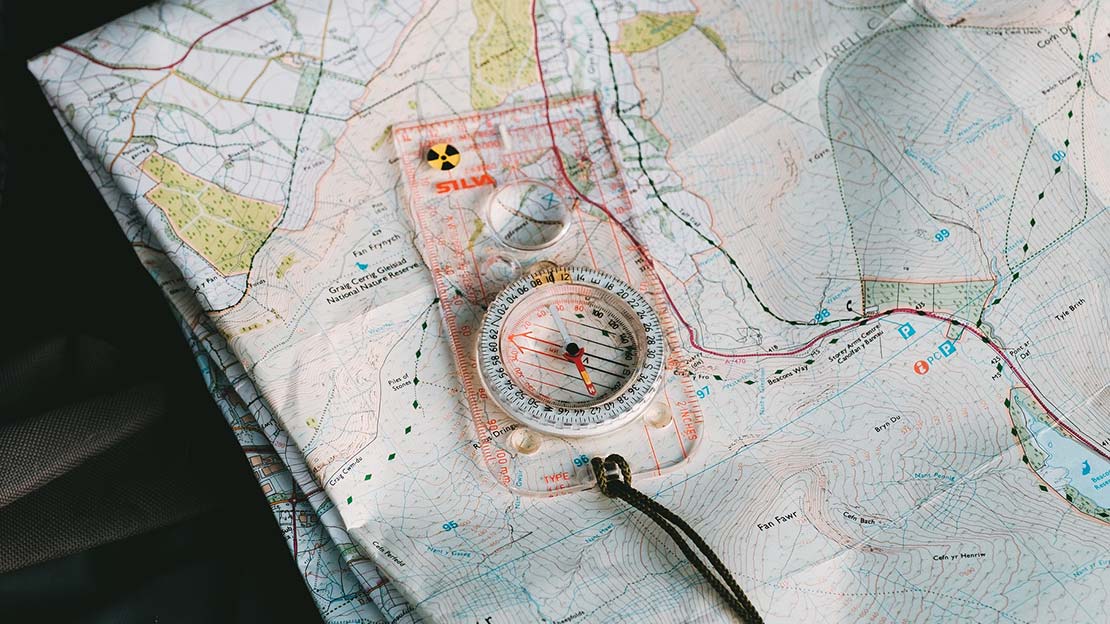
1. Plan Ahead and Prepare
If possible, I always check to see if access is allowed and if my activity is permitted in the area that I plan to pass through.
- Respect any signs, regulations and policies for the area that you wish to visit.
- Carpool, use public transport, consider the availability of parking or even better book a local transport operator and put a bit of cash back into the area you are visiting.
- Have the skills and equipment needed for your activity particularly for any emergency situations.
- Check the appropriate weather forecast and always be prepared for change. Remember if you’re climbing a mountain then check a mountain forecast channel.
Tip: Many people forget to keep track of what the weather has been doing in the period running up to the visit. Think about rainy days beforehand and potential high water levels - Minimize your impact on other users, where possible keep group numbers small; split larger parties into smaller groups. This works both for safety and the environment.
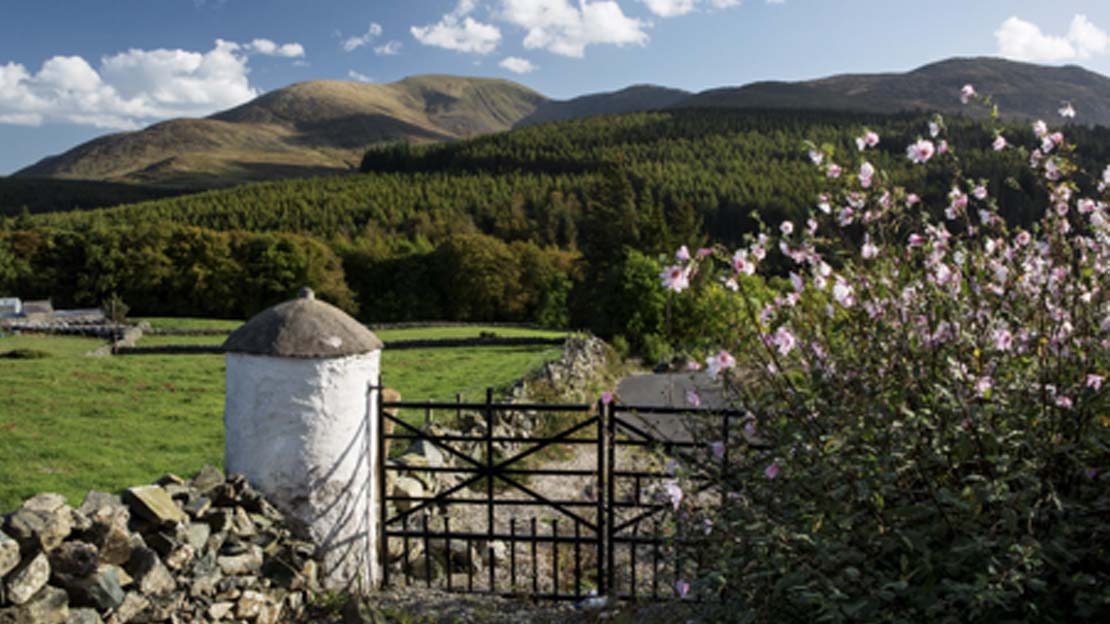
2. Be Considerate of Others
I’ve lost count of the number of times I’ve gone to walk in The Mountains and seen cars parked across field entrances and access routes. This is not your own private playground. Farmers live and work here. Emergency services may need access so please be considerate.
- Be careful not to damage property, especially walls, fences, and crops. If you absolutely must then cross a gate one at a time at the hinge side. Replace any stones that you disturb on a wall. Don’t cross fences by putting your foot on the top strand of wire.
- Respect other recreational users. Stand aside on the track when other people want to pass.
- Please keep the noise levels down. Allow others to enjoy the natural sounds all around. Walking groups and clubs should remember a whistle is an emergency device in the mountains, not something to be used as a rallying call!
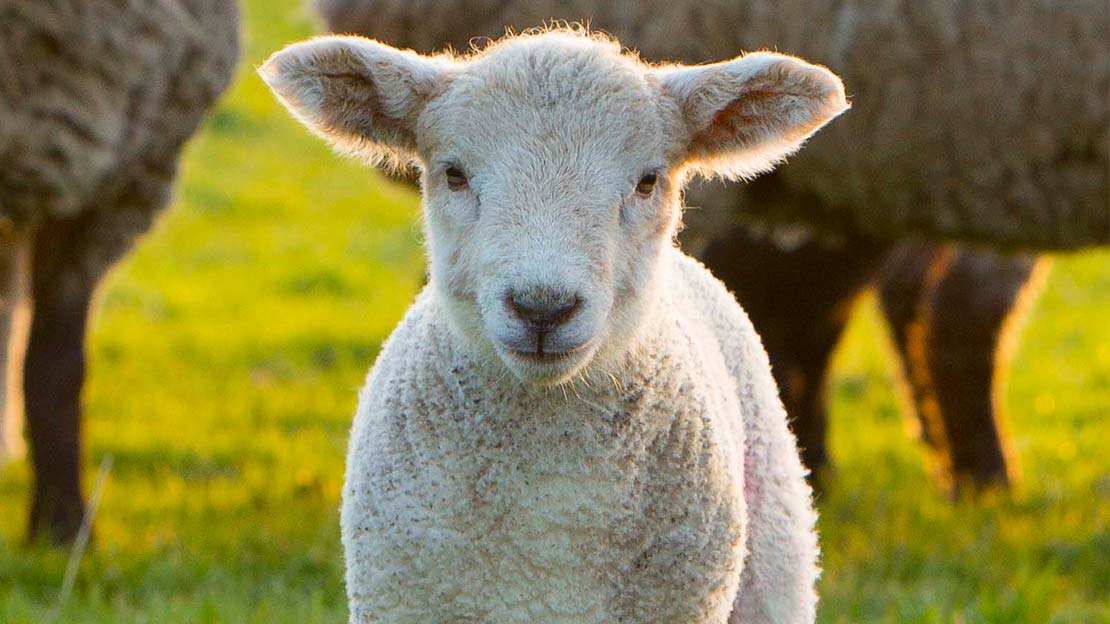
3. Respect Farm Animals and Wildlife
We should only ever take dogs on hills or farmland with the landowner’s permission. Many public areas insist that dogs must always be kept on a lead. My policy is simple, I don’t take my dogs onto the hills.
- Don’t disturb any wildlife, birds, even empty nests but rather observe and enjoy from a distance. This is particularly important at breeding, nesting and when the young are being reared.: (mostly between spring and early summer).
- Check when deer are rutting and avoid the areas, they can be extremely dangerous at this time of the season. Again, it’s all about planning ahead.
- Keep wildlife wild, don’t feed animals or birds – our foods damage their health and leave them vulnerable to predators. Any food that we leave behind attracts vermin and other species that might not normally be present in those habitats.
- Remember that farm animals are not pets; stay at a safe distance and never walk between a cow and her calf.
- Dogs, especially on a lead, are dangerous for your safety to have anywhere near cattle or other animals in a field.
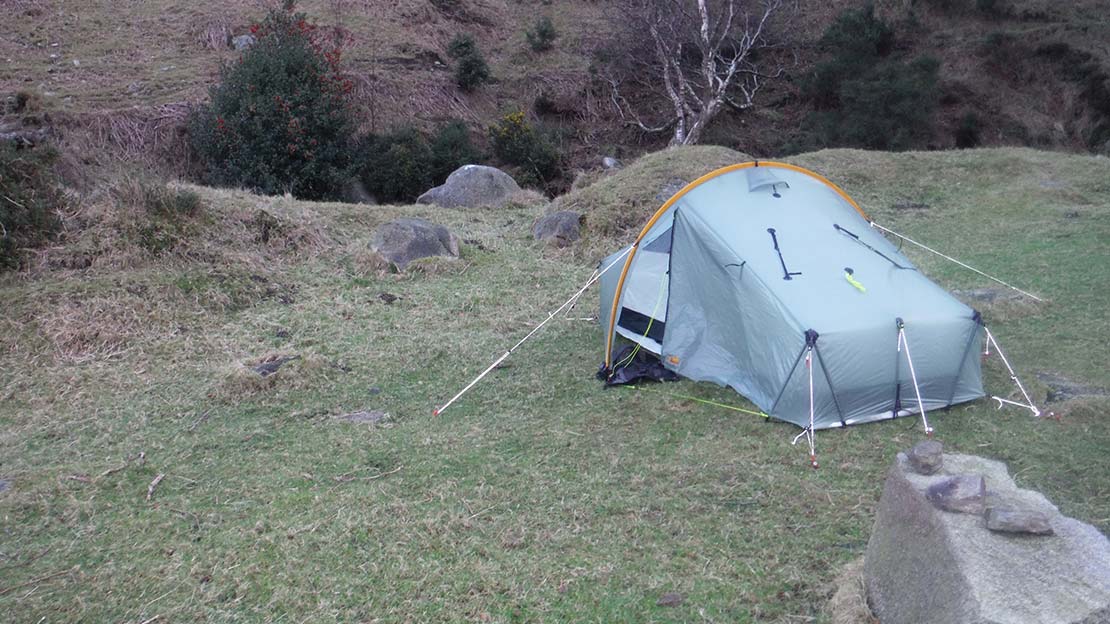
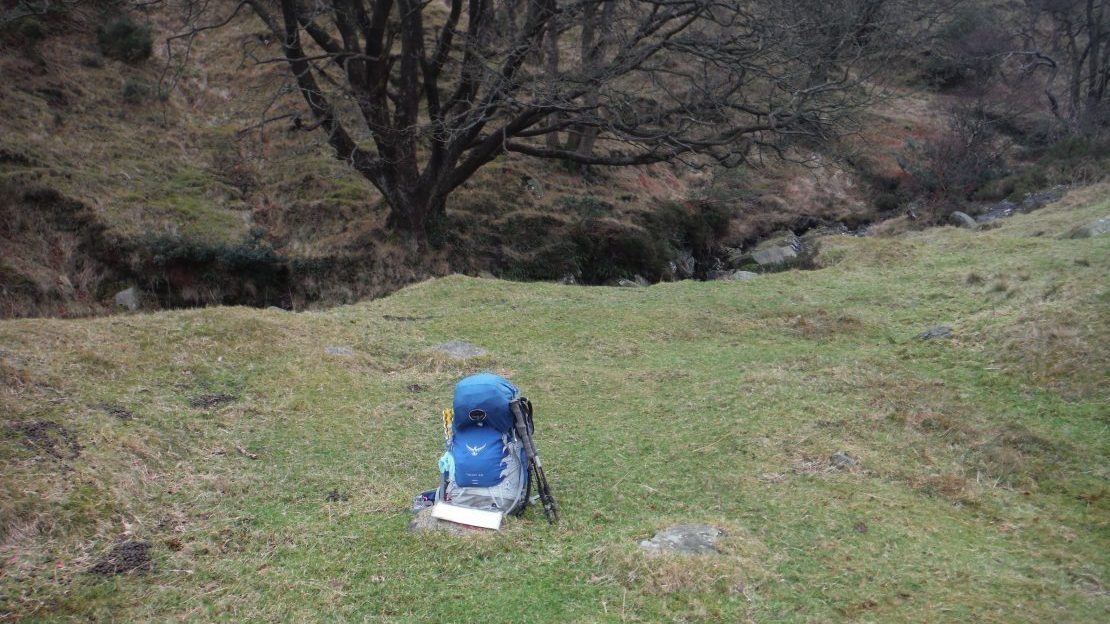
4. Travel and Camp on Durable Ground
Above you can see a before and after shot of one of my wild camps. The angles are different, but this is the same place in each shot.
I actually carried out some waste from this canp that less considerate people before me had left behind so you shouldn’t only aim to leave the site as if you never had been there but maybe even better.
We define durable ground as established tracks and campsites, rock, gravel, dry grasses or snow.
In popular areas:
- Where possible stick with existing paths and campsites.
- To lessen further erosion, walk single file in the middle of the trail. It goes without saying that common sense should always prevail , safety shouldn’t be compromised.
In more remote areas:
- Avoid the creation of new tracks and campsites by spreading a group, again always within safe parameters.
- Avoid sites where erosion is just beginning to show.
- Keep campsites small and discreet, stealth is the watchword.
- If camping close to streams or rivers be sure to choose a toilet site at least 30 metres back and adhere to safe sanitation guidelines in the wild.
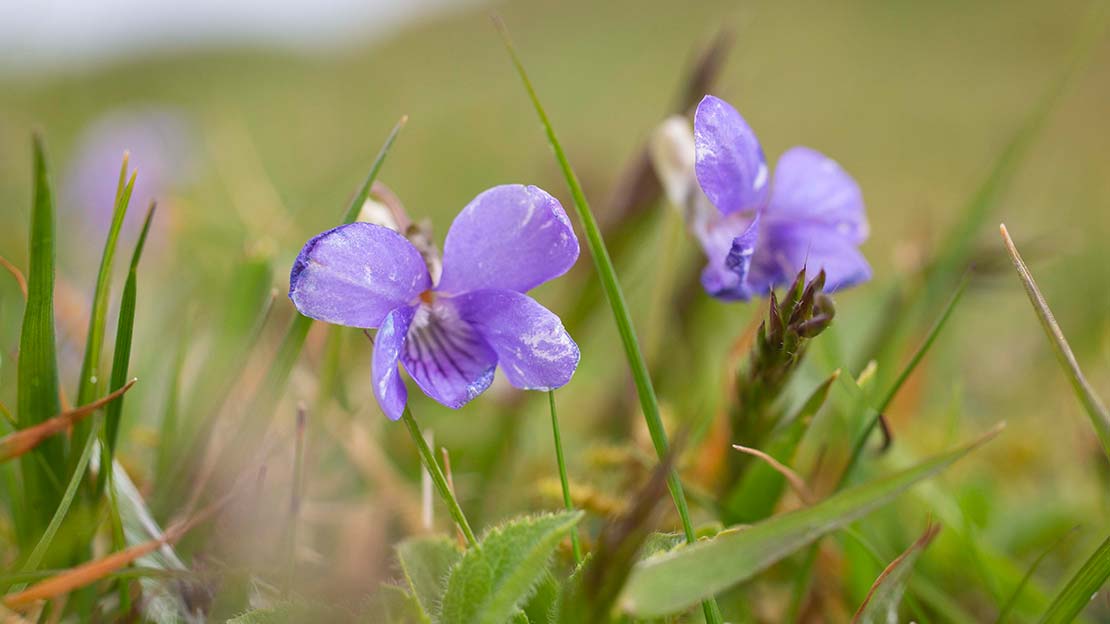
5. Leave What You Find
- All gates should be left exactly as you find them (open or closed), by closing a gate that had otherwise been open you may well be splitting hers or cutting animals off from their only water source.
- Please don’t disturb the plant life too much.Examine it carefully but leave it to be enjoyed by the next hiker who looks down and catches a glimpse of the absolute beauty and complexity of the natural world around us.
- Respect and preserve the past: – Some of our archaeological structures are older than the pyramids of Egypt.Pause and consider for a moment that some of these stone artifacts were built by our ancestors almost 6,000 years ago. Countless generations up until today have respected and left these intact so that our children can enjoy them in the future. Let us have the same respect.
- Do not build new rock cairns or mark the environment in any way.
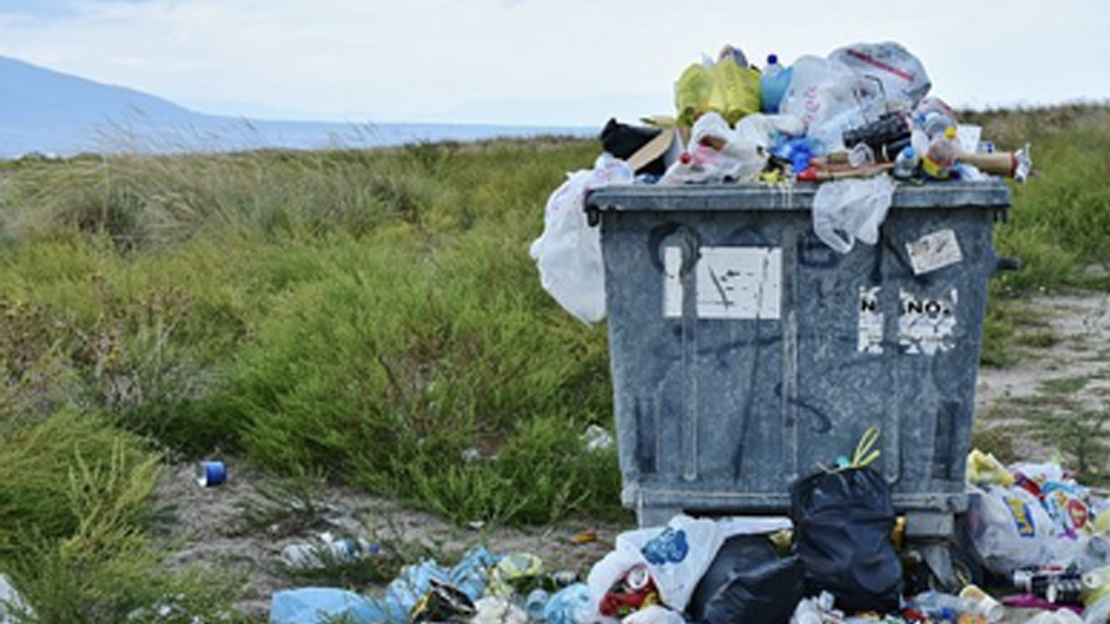
6. Dispose of Waste Properly
It’s simple, leave nothing behind ‘IF YOU BRING IT IN, TAKE IT OUT’ and don’t turn a blind eye if you see others throw a banana skin away. You don’t necessarily have to challenge someone directly in a confrntational manner ; Why not just walk over and lift it yourself and let them know it is not ok that way.
Educate others, often people who do generally care about the environment just don’t understand the impact of throwing food waste away and in some strange logic think they are ‘feeding’ the habitat.
They may think that it’s ok to leave behind crusts of bread for the wildlife to eat or that an apple core, teabag or banana skin will biodegrade, so that’s ok also.
FACT: In cold weather, higher in the mountains, it can take up to two years for a banana skin to biodegrade. A few years back, environmentalists had to plead with hikers to stop discarding banana peels on top of Ben Nevis, Britain’s highest peak, after finding 1,000 of them scattered around the summit!
FACT: Apples can take up to two weeks to rot away.
FACT: A cigarette but can take 10 years to degrade.
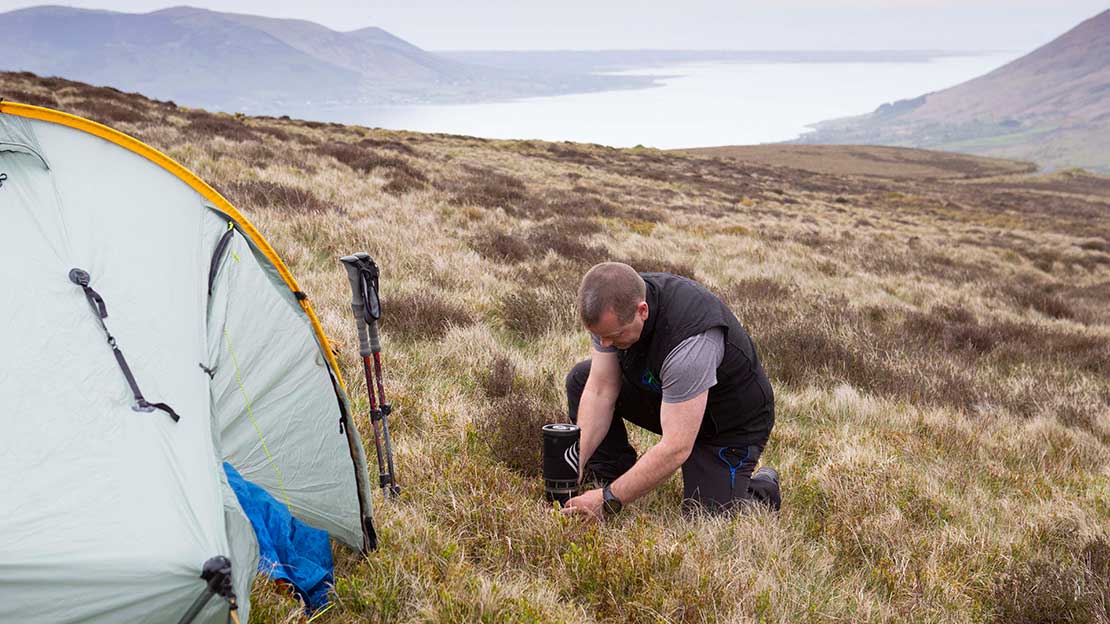
7. Minimise the Effects of Fire
My own personal way of complying with this is simple, I don’t light campfires in the wild.
This is for several reasons; it’s not permitted in many parts of the countryside and the threat of wildfires is just too great. I use a variety of camping stoves and make sure that I’ve cleared any dry vegetation around etc. before lighting.
However, there is something primal about a crackling campfire in the wild under a star-lit sky and it is possible to enjoy if done responsibly.
- Only ever light a campfire where it is permitted.
- Use established fire rings.
- Only use sticks from the ground. Remember that under those larger logs is most likely a diverse habitat!
- Keep fires small and don’t use branches that are still growing as firewood.
- Burn all fires to ash, put out fires completely, and finally scatter cool ashes so they blend in and can’t be seen
Every one of us who uses the great outdoors for whatever purpose has a responsibility. There was a time when the popular mantra was:
“Take only memories, leave nothing only footprints”
The sentiment is well placed but now we can understand, particularly on ‘honey-pot’ mountains the devastating scars left behind by countless footsteps one on top of the other.
This is why we need to use the 7 principles above as best we can to guide us. At Mountain Ways Ireland we take our environmental impact very seriously.
To find out more about leave No Trace Ireland and the history of the movement in general then you can vist their website : http://www.leavenotraceireland.org/ .
Escape – Embrace – Enjoy!
By Brian Hoey

